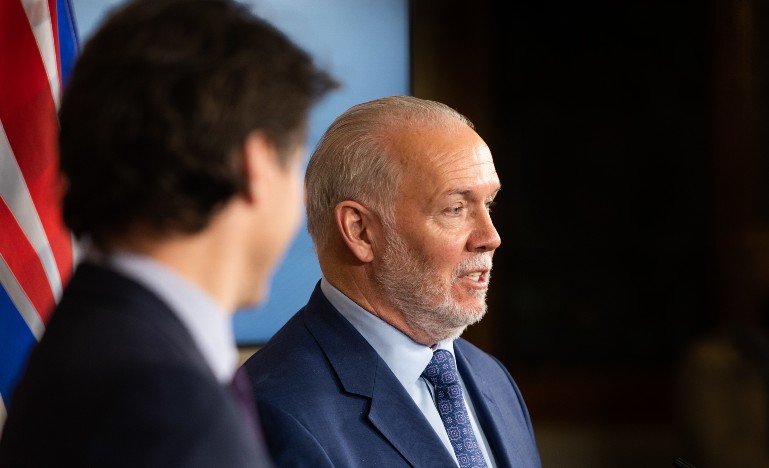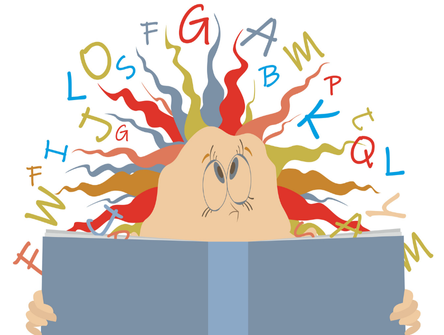UNDRIP’s place in Canadian law
Passing the implementation statute was the easy part. The real test is figuring out what to do with all our other laws.

The federal and B.C. governments are discovering that it’s no small task ensuring that every law on the books complies with the United Nations Declaration on the Rights of Indigenous Peoples.
Federally, the bill received royal assent in June and work began on implementation throughout the summer, including the creation of a secretariat within the Department of Justice. Funding has also been made available to Indigenous governments and organizations to support their participation in the consultation process.
"The secretariat is our building the resources necessary for us to participate and interact with Indigenous leadership across Canada for the purposes of putting together an action plan—stage one—to implement UNDRIP," says federal Justice Minister David Lametti. "I won't speculate other than to say it may go beyond that. This is a long task to basically go through laws and legislation and ensure that everything we do is UNDRIP compliant."
Potential measures for an action plan ought to address violence, racism, and discrimination. Lametti would also he would like to see "meaningful change in many key areas such as policing, justice, health, sustainable economic development, inclusion, equality and more." Finally, the Act also stipulates that the government must report annually on progress.
The B.C. government, with a two-year head start on the federal government, has inspired a good deal of Ottawa's work. The province passed their Declaration on the Rights of Indigenous Peoples Act in 2019, which it developed alongside the First Nations Leadership Council. And it has been busy since.
"In this session alone, we have introduced bills that recognize Indigenous Peoples' jurisdiction over child and family services and education, provide us with another tool to fight against anti-Indigenous racism and discrimination, and provide greater clarity on how all provincial legislation should be interpreted," said Murray Rankin, B.C.'s Minister of Indigenous Relations and Reconciliation, in an emailed response. "We are making it clear that nothing in our laws will cancel, diminish or take away from Indigenous Peoples' section 35 constitutional rights."
In mid-November, Rankin tabled a bill to amend the province's Interpretation Act to ensure that all provincial laws uphold — and not diminish Indigenous rights — as a universal non-derogation clause. The bill was developed in consultation with and in cooperation with Indigenous representative organizations in the province.
But Ottawa’s decision to set up a federal secretariat is an acknowledgment of sorts that internal resources need to be organized from the get-go.
Merle Alexander, principal at Miller Titerle Law Corporation in Vancouver, says that every piece of B.C. legislation now goes through something of a co-development process. But there lacks a unified process because the government has so far taken a ministry-by-ministry approach to ensuring compliance. He points to the current bill to add Indigenous identity to the province's Human Rights Act as a successful example of this process.
"The province engaged with BC First Nations in saying that this is the proposal and what we're thinking— 'do you want to co-develop this?' And the language went through the same process that the Declaration Act went through, and through an iterative process of what the language would look like and how it would affect other parts of the Act," Alexander says.
On the other hand, the province's Forest and Range Practices Act is being amended in a way that is contrary to the UNDRIP obligations, says Alexander.
"It's anticipated that once the Secretariat is established that there will be a much more standardized process," says Alexander, who is a member and hereditary chief of Kitasoo Xai'xais First Nation. "It is on the whole still more procedural implementation than substantive implementation."
He says it may make sense to create a regionalized consultation process in each province and territory that engages with the rights-holders in those jurisdictions. That way, they could provide feedback on proposed legislation. Alexander is currently working with the provincial government to co-develop its action plan, expected to be released in 2022.
Consultations are surely a sign of things to come. But Ottawa must also ensure that the process upholds the standards of UNDRIP, says Brenda Gunn, the Academic and Research Director for the National Centre for Truth and Reconciliation.
"I continue to encourage the government to do more than simply consult and cooperate," says Gunn, who is Métis and a law professor at the University of Manitoba. "But to turn to the standards and ensure that Indigenous people are part of the decision-making process and that the national action plan is developed in the spirit of partnership as set out in the preamble."
"In the B.C. context, there are already a lot of government-to-government agreements that are engaged in styles of shared decision-making, Alexander says. "But what the Declaration Act upgraded was the ability to go to the next level…toward more a consent-based [framework], which shows that there is more of a co-jurisdiction approach versus it being more of a consultative approach where at the end of the day, the Crown does what it wants.
Gunn also hopes that the national consultations will engage with rights-holders and not just the national Indigenous organizations. She also wants to see a gendered approach to implementation and consideration given to how implementation impacts Indigenous women in every instance.
True implementation of UNDRIP also means that all laws on the statute books will have to be checked for consistency — not just those directly involving Indigenous people, says Gib van Ert, litigation counsel at Olthuis van Ert in Ottawa and Vancouver. And if necessary, they’ll have to be amended.
"That's comprehensive—it's everything," says van Ert. "Like U.N. human rights instruments, they talk about human rights as they apply in all areas of human rights, but UNDRIP is probably even more comprehensive than other international human rights instruments, and they are generally comprehensive. We're talking about political decision making, protection of treaty rights for Indigenous people, but also social, education, healthcare, cultural issues."
UNDRIP is the most comprehensive international human rights instrument devised so far, says van Ert. It reaches into every aspect of domestic law. Even then, it's impossible to say how broad its application will be.
Canada isn't the only country trying to figure out the Declaration's full scope and what it means domestically, says van Ert. Complicating matters further is seeing how UNDRIP will mesh with existing obligations under Section 35 of the Constitution Act, 1982.
"There is a risk of domesticating the Declaration, coming to a facile conclusion that it means the same thing as Section 35, and so we're good," says van Ert. "That's not right, and it's a danger, and we're not going to live up to the obligation that Parliament and the B.C. Legislature have now adopted if we just blithely assume that Section 35 accomplishes everything that the Declaration does. I don't think it does."
Neither UNDRIP nor Section 35 create rights, says Alexander. They merely affirm existing rights, with each amplifying different aspects of those rights in their own way.
"One of the key struggles between that interaction is whether or not the Crown starts trying to apply justifiable infringement analysis to UNDRIP," Alexander says. "You hear, especially Crown lawyers, talking about that issue, and whether or not a right that's affirmed by UNDRIP still has to go through the justifiable infringement test. Or if, because it's a human right, it has to be looked at differently."
Alexander says that there is no universal answer to that. But by focusing on the implementation of human rights, UNDRIP implementation bills change the analysis about whether or not you can easily infringe a right that is affirmed by both Section 35 and the Declaration.
And how do we go about ensuring that future legislation is UNDRIP compliant? In B.C., the government is still reacting, says Alexander — meaning it isn’t quite ready to tear down existing laws to introduce comprehensive reform. But that could change.
Typically at the federal level, the government will publish a Charter statement as a part of its legislative process, van Ert notes, to inform people of a law's impact on rights. "One possibility might be to add a declaration statement provision to parallel this Charter statement provision," says van Ert. "These Charter statements promote consistency with the Charter because somebody is obliged to turn their minds to it, and the Minister has to report inconsistencies to the House of Commons. It doesn't mean that a court won't disagree someday, but it's a check."
Lametti says that they are considering such a mechanism. "Already I can say that informally, I have thrown it out a few times,” he says. “‘Is this legislation UNDRIP compliant,’ and with discussions that I've had with various Indigenous leadership at the community level all the way up, with respect to the special interlocutor and the response to unmarked graves, the idea of whether the process that we're trying to put into place is UNDRIP compliant has been raised.”


